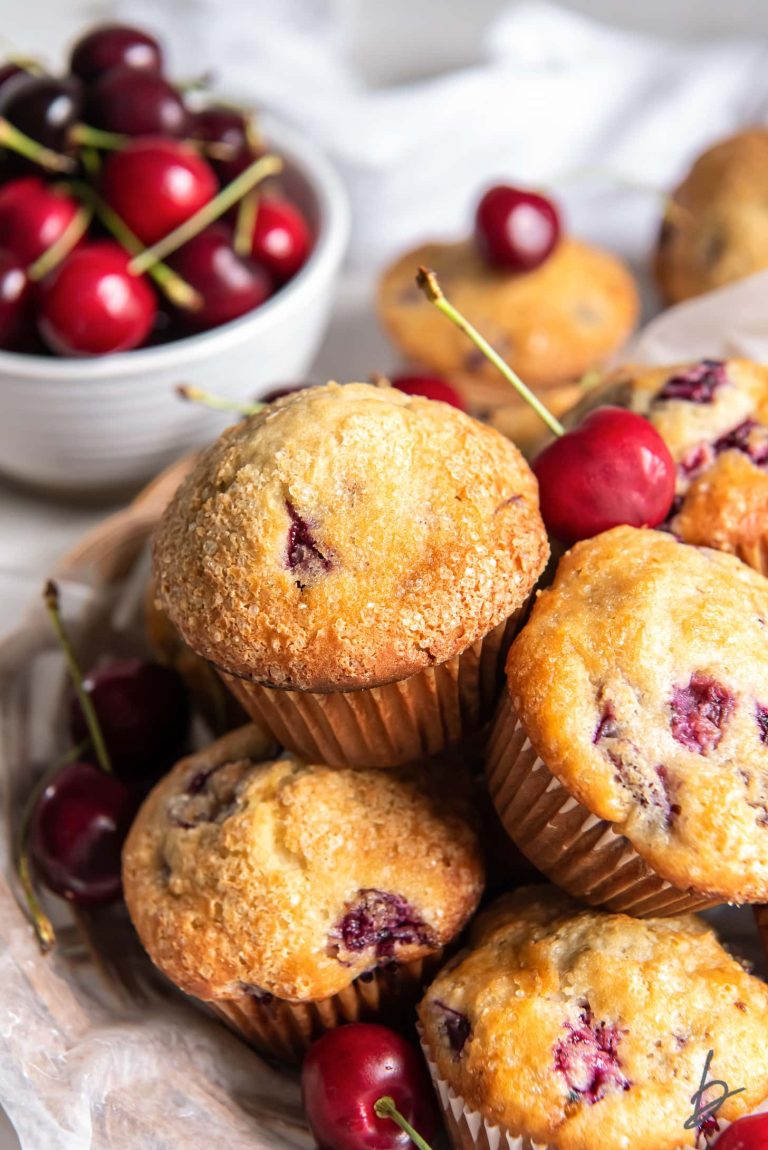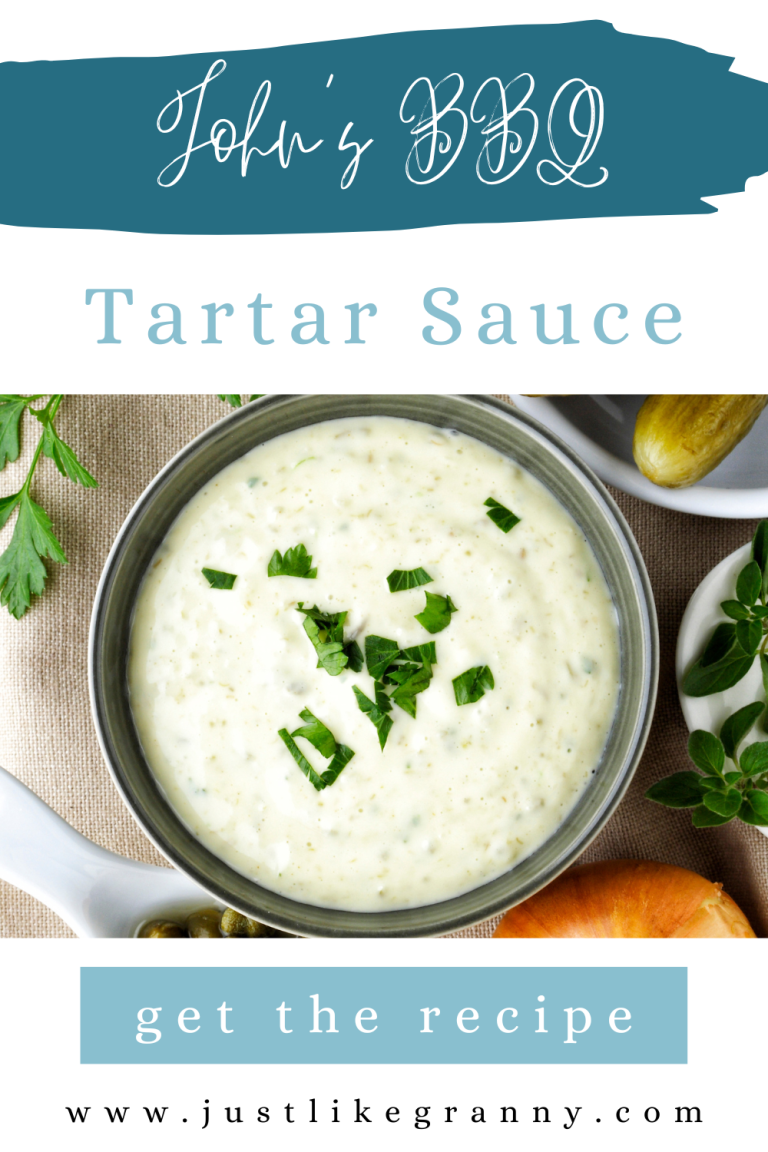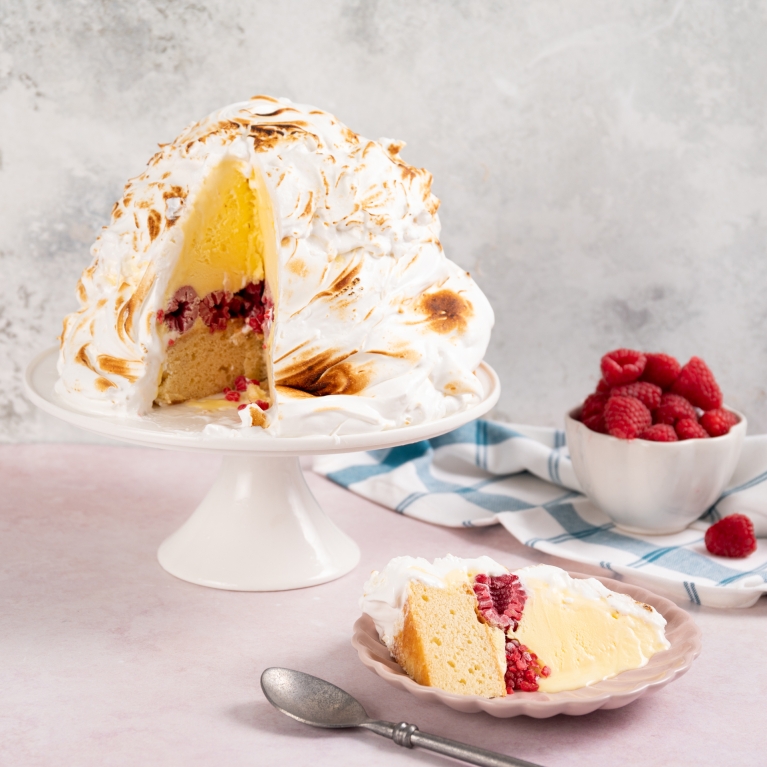Stovetop Moroccan Tagine: Recipes, Tips, and Maintenance Guide
A tagine refers to both a North African dish and the special pot used to prepare it. The traditional tagine pot features a conical lid, designed to return condensation to the dish, ensuring moisture retention. While typically made of clay, modern adaptations use various materials for stovetop convenience. The dish itself consists of slow-cooked meats, vegetables, and a blend of distinctive spices like cumin and coriander. When you don’t have a traditional pot, a stovetop version allows you to achieve comparable results using a heavy-duty skillet or Dutch oven.
History and Cultural Significance
The tagine has deep roots in Moroccan culture, reflecting a culinary heritage dating back centuries. Originating from Berber communities, the dish evolved to incorporate spices and ingredients from trade routes spanning Europe, Asia, and sub-Saharan Africa. Tagines play a central role in Moroccan celebrations and daily meals, serving as a symbol of hospitality and communal eating. The slow-cooking method preserves the food’s nutritional value while enhancing flavors, embodying the art of Moroccan cuisine. When preparing a stovetop Moroccan tagine, you connect with this rich history and contribute to its enduring legacy.
Key Features of Stovetop Tagine
Design and Material
Stovetop tagines incorporate modern materials like cast iron and stainless steel. These materials enhance durability and ensure uniform heating. Traditional clay tagines, though authentic, aren’t always suitable for stovetops. Modern designs feature flat bases to easily sit on burners and conical lids to facilitate condensation. This design keeps the food moist by directing the evaporated liquid back into the dish. The absence of lead in these materials ensures food safety, which is crucial for daily usage.
Size and Capacity
Stovetop tagines vary in size, typically ranging from 2 to 6 quarts. Smaller tagines (around 2 quarts) are ideal for serving 2-3 people, making them great for intimate dinners. Larger tagines (up to 6 quarts) can accommodate meals for 6-8 people, suitable for family gatherings. It’s essential to choose a size based on your typical serving needs to maximize efficiency in meal preparation and minimize potential food waste. Brands often label capacities clearly, aiding in finding the perfect fit for your cooking requirements.
Cooking with a Stovetop Tagine
Preparation and Seasoning
Before cooking with a stovetop tagine, prepare and season it properly. Start by washing your tagine with warm, soapy water, then drying it completely. Next, if your tagine is made of cast iron, apply a thin layer of vegetable oil to the interior. Heat it on low heat for about 15 minutes to allow the oil to soak in and create a non-stick surface. This step preserves the material’s integrity and enhances cooking results.
For stainless steel tagines, you won’t need to season them as they are non-reactive and maintain their properties over time. Ensure all parts are dry and ready for use. Include quality ingredients like olive oil, fresh herbs, and a variety of spices to heighten the authentic Moroccan flavors.
Cooking Techniques and Tips
Use medium to low heat when cooking with a stovetop tagine. The design allows for slow, even cooking, which is crucial for developing deep flavors in your dish. Cut ingredients uniformly to ensure they cook at the same rate and layer proteins at the bottom for even heat distribution.
Add liquid, such as broth or water, ensuring it covers about one-third of your ingredients. This amount prevents burning and creates steam necessary for slow-cooking. Monitor the liquid level, replenishing if needed.
Stovetop tagines excel in braising techniques. Combine vegetables, meats, and spices, then let the dish simmer slowly. Avoid frequent stirring; instead, let the tagine’s conical lid work its magic by returning condensation to the dish, keeping it moist.
End by allowing your tagine to rest for a few minutes after cooking. This step lets the flavors meld further, providing a richer taste profile to your Moroccan dish.
Top Recipes for Stovetop Moroccan Tagine
Vegetarian Delights
Vegetarian tagine recipes showcase vibrant vegetables, legumes, and spices. A popular recipe includes chickpeas, sweet potatoes, bell peppers, and tomatoes. Spices like cumin, coriander, paprika, and cinnamon add layers of flavor. Serve this with couscous, quinoa, or flatbread.
Another favorite is the Moroccan apricot and almond tagine. It combines apricots, almonds, carrots, and zucchini. Cooked in a fragrant sauce of ginger, saffron, and ground turmeric, this dish results in a sweet and savory medley. Garnish with fresh cilantro or parsley for extra freshness.
Meat Feasts
Meat tagines highlight tender cuts and rich flavors. One classic recipe features lamb with prunes, almonds, and honey. Slow-cooked lamb melds with the sweetness of prunes and honey, balanced by the earthiness of almonds and spices like cinnamon, ginger, and saffron. Serve over couscous for a traditional touch.
Chicken tagine with preserved lemons and olives is another staple. It includes chicken thighs, garlic, green olives, and preserved lemons. Turmeric, cumin, and paprika form the spice base. Allow it to cook until the chicken is tender and the flavors meld. Serve with rice or crusty bread to soak up the flavorful sauce.
These recipes demonstrate the versatility of stovetop Moroccan tagine cooking, offering both vegetarian and meat options to suit various preferences.
Maintaining and Caring for Your Tagine
Cleaning Best Practices
Avoid using dishwashers for cleaning your tagine. Hand wash the tagine with warm water and mild soap, using a soft sponge to prevent scratches. Rinse thoroughly to remove any soap residue. Dry the tagine completely with a clean towel to avoid moisture buildup, which can lead to mold.
For deep cleaning, soak the tagine in warm water for 10-15 minutes to loosen stubborn food residue. Use a brush with soft bristles if needed to gently scrub away any remaining debris. Avoid abrasive cleaners as they can damage the tagine’s surface.
Storage Advice
Store your tagine in a cool, dry place to maintain its integrity. Ensure it’s completely dry before storing to prevent mold growth. If your tagine has a lid, store it with the lid slightly ajar to promote air circulation and prevent any residual moisture from being trapped inside.
When stacking other cookware near your tagine, use a soft cloth or padding around it. This prevents chips or cracks caused by accidental impacts. Avoid storing heavy items on top of the tagine, as the weight can cause damage over time.
Conclusion
Mastering the art of stovetop Moroccan tagine opens up a world of rich flavors and cultural experiences right in your kitchen. Whether you prefer vibrant vegetarian dishes or succulent meat options, the versatility of tagine cooking ensures there’s something for everyone. With proper preparation, cooking techniques, and care, your tagine will not only produce delicious meals but also last for years to come. Embrace the journey of Moroccan cuisine and enjoy the delectable results that await.






